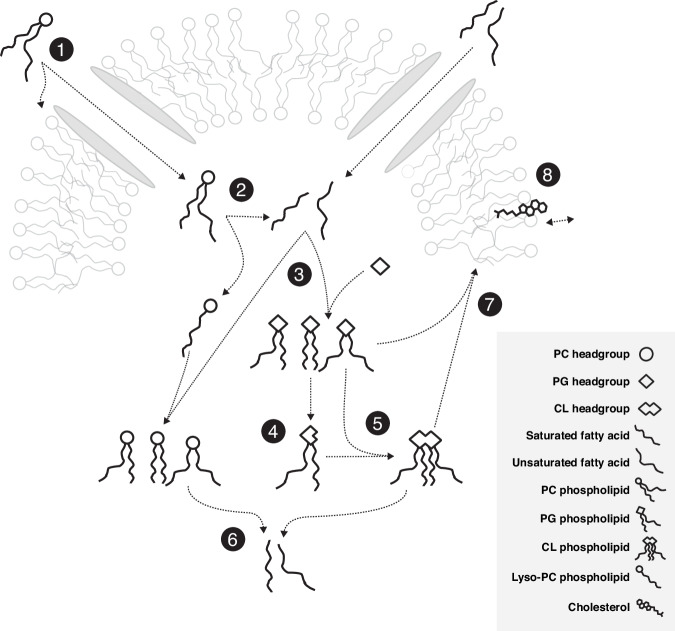Fig. 1. Membrane remodeling in M. mycoides is dependent on acyl chain scavenging.
1 Mycoplasma mycoides can take up phospholipids and free fatty acids from its environment. 2 Cleaving ester bonds from glycerophospholipids results in a pool of free fatty acids. 3 With fatty acids, M. mycoides is able to synthesize phosphatidylglycerol (PG) with various fatty acid compositions, as well as remodel other phospholipid classes. 4 Cardiolipin (CL) can be synthesized from two PGs, starting with cleavage of PG headgroups. 5 M. mycoides can synthesize a variety of cardiolipins from PG. 6 Cleaving acyl chains from remodeled and synthesized phospholipids replenishes the pool of free fatty acids. 7 Glycerophospholipids are inserted into the membrane. 8 Cholesterol is essential for M. mycoides growth.

